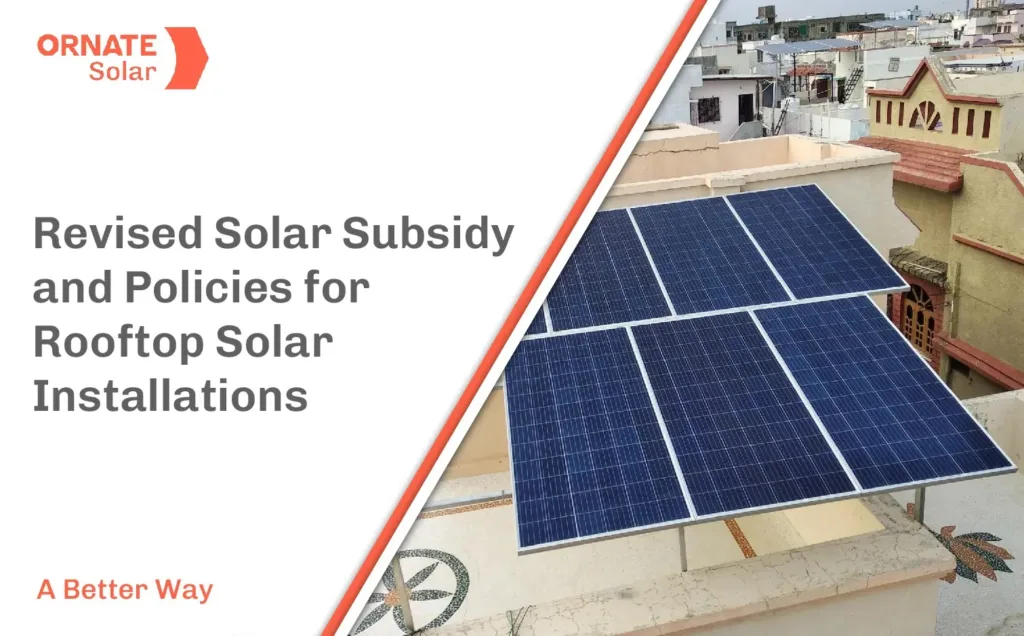

The Indian government launched the PM Surya Ghar Muft Bijli Yojana on February 15, 2024, with an outlay of ₹75,021 crore, aiming to solarize 1 crore households. The scheme provides up to 300 units of free electricity per month and offers subsidies covering 40–60% of installation costs, depending on system size.
Many states have also launched ambitious campaigns to install rooftop solar panels across thousands of homes. To make rooftop solar more accessible, the government has hiked the solar subsidy and streamlined the application process.
Here’s everything you need to know about the solar subsidies in India.
How Much is the Solar Subsidy in India?
The Indian government offers Central Financial Assistance (CFA) to residential solar consumers for grid-connected solar plants up to 10 kW. Under the PM Surya Ghar scheme, the updated subsidy on solar structure (Feb 2024) is:
| Project Size | Incentive |
|---|---|
| Up to 2 kW | ₹30,000/kW (60%) |
| 2 to 3 kW | Additional ₹18,000/kW (40%) |
| Above 3 kW | Fixed ₹78,000 |
What Are the Documents Required For The Solar Subsidy?
The Ministry of New and Renewable Energy (MNRE) has simplified the application process for rooftop solar. Now, a consumer has to submit fewer documents to the DISCOM before installing a solar power plant.
As per the change, the new documents required are:
| Project Stage | Documents Required |
|---|---|
| Technical Feasibility Approval | 1. Customer Electricity Bill (any from the past 6 months) |
| Project Commissioning / Net Metering | 1. Project Completion Report (PCR) 2. Photograph of RTS Project 3. Consumer-Vendor Agreement |
In the project completion report, the consumer will have to share simple details about the solar panels and inverters installed, including the quantity, capacity, make, and serial numbers.
How To Get Solar Subsidy?
The National Portal for Rooftop Solar (https://pmsuryaghar.gov.in/) is a unified platform for consumers across India. Here, you can submit your application and track the entire installation process.
Once all the necessary details have been submitted and the application is approved, the subsidy will be credited to your bank account after the plant commissioning.
Subsidy on solar is available only to residential consumers installing grid-connected solar plants. Moreover, it is mandatory to install made-in-India modules to avail the incentive.
State-wise Additional Subsidies and Campaigns
Some states offer extra incentives on top of the central subsidy:
| State | Additional Incentive | Notes |
|---|---|---|
| Delhi | ₹2,000/kW capital subsidy (max ₹10,000) + generation-based incentives up to ₹3/unit | Stackable with central CFA; total benefit for 3 kW up to ₹1.08 lakh |
| Uttar Pradesh | ₹15,000/kW (capped at ₹30,000) | Stackable |
| Maharashtra | Group Housing: ₹78,000/kW (max 10 kW per house) for common facilities; low-interest financing | Stackable |
| Gujarat | Surya Urja Rooftop Yojana: 10–20% grant in select locations | Stackable |
| Rajasthan | Up to 60% total grant during state promotions | Stackable |
| Puducherry | ₹9,000/kW proposed | Stackable |
| Kerala, Assam, J&K | Campaign-based incentives (check DISCOM) | Stackable |
Other active campaigns are underway in Nagpur, Bangalore, and Varanasi, making this an ideal time to go solar.
How to go Solar?
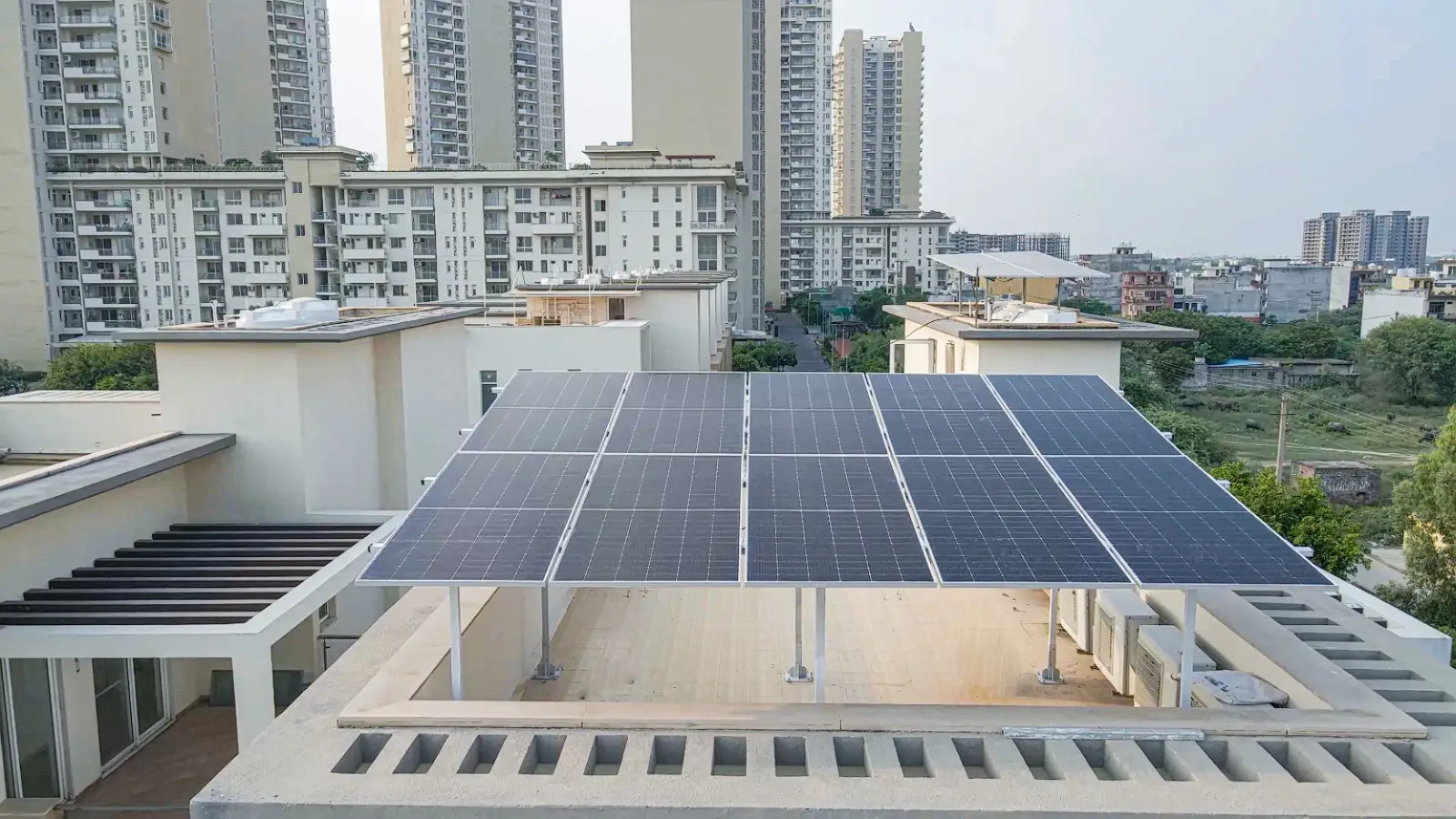
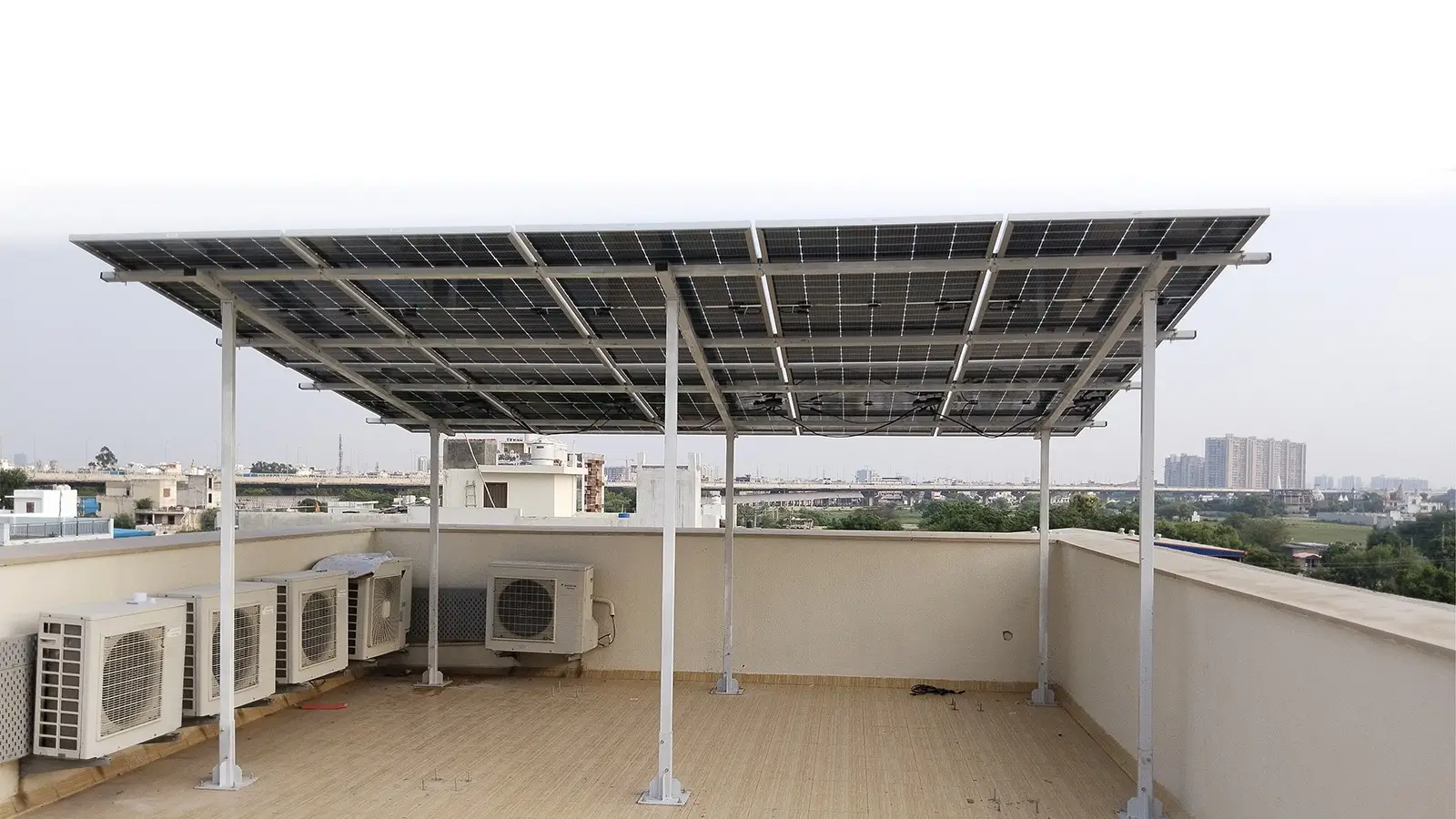
If you are looking for a solar solution that is quick to set up and extremely reliable, then Ojas Solar Plant is the ideal choice. Ojas is an elevated solar structure that can be assembled in just 4 hours by 2 professionals. There is no welding required.
The Made-in-India structure is resistant to corrosion and can endure wind speeds of up to 180 km/hr, ensuring stability even in severe storms. It boasts an IIT-certified design, backed by the assurance of India’s premier solar company, APL Apollo.
Ojas has a sleek and modern appearance, efficiently utilizing your roof space without any wastage. Once installed, it provides a shaded area underneath. This solar plant is suitable for 2 kW to 20 kW plant capacity.
Benefits of Going Solar
1. Reduction in Electricity Bills
By generating your own energy, you can reduce the dependence on grid power. Moreover, since solar is significantly cheaper than grid-based electricity, going solar can help slash your monthly electricity bills by up to 80%.
2. Buffer Against Price Hikes
Electricity tariffs are rise every year. But, with a solar plant at home, your electricity cost will remain nearly constant for over 25 years!
3. Sale of Extra Power
With a net metering facility, you can also sell your extra generated energy back to the grid. The distribution company will pay you for this power and the value will automatically get adjusted to your bill.
4. Solar Subsidy
The Indian government offers a substantial subsidy to residential solar consumers. This makes solar installations even more affordable. And, you can easily recover your initial investment in 3-4 years with the energy savings.
5. Low Maintenance
Your solar plant hardly requires any maintenance apart from regular cleaning once every two weeks. You can also install a tiny water drainage clamp like Aqua Pi with your solar panels, to drain residual water and avoid dirt accumulation at the corners.
About Ornate Solar
Ornate Solar is a leading solar company with 10 years of experience in the industry and the mission to reimagine the way solar is installed worldwide.
From advanced solar panels, innovative solar inverter solutions, and high-quality accessories to the unique InRoof that turns panels into the primary roof, we develop and deliver solutions that are modern, reliable, and effective.
If you are exploring solar solutions, reach out to us at 1800202625 to discuss your options.




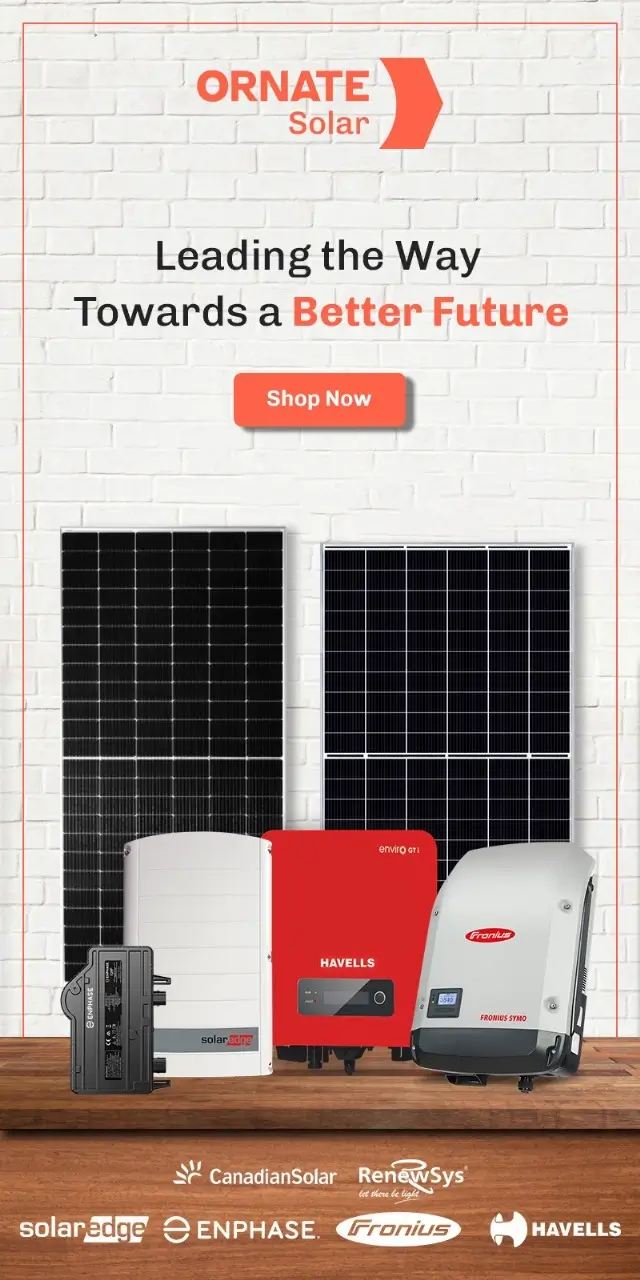

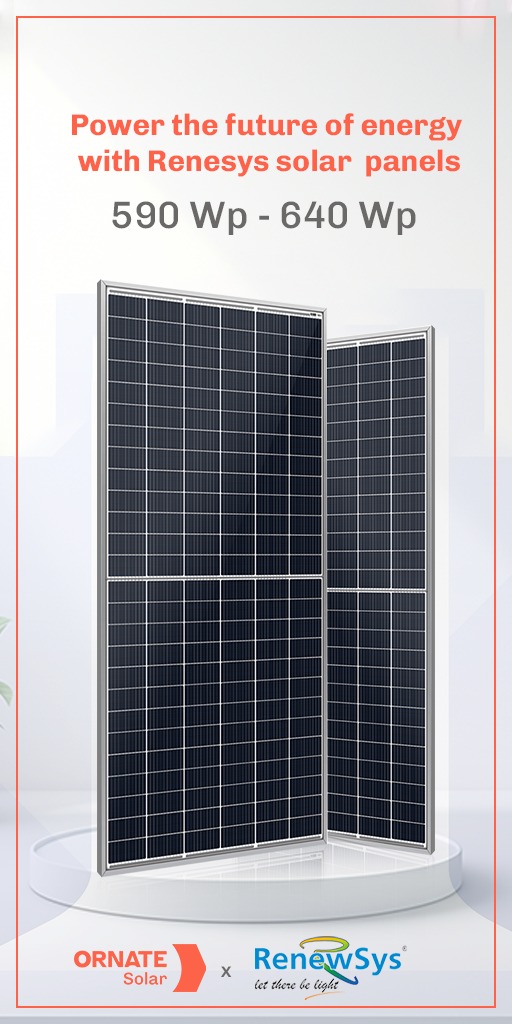




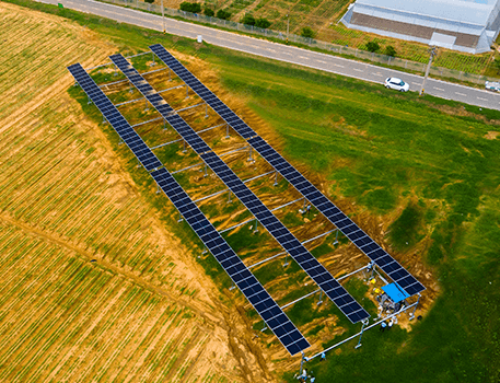
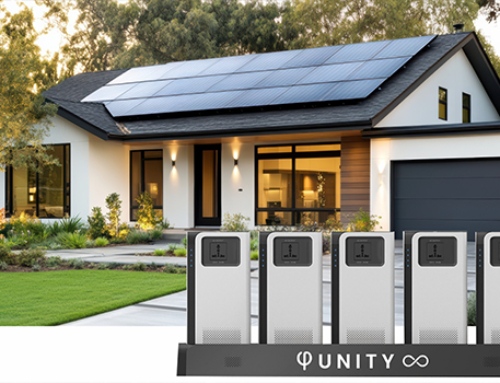


Leave A Comment